An OSU team untangles the complicated way Pacific Northwest trees battle for survival during droughts

Deep breaths: Researchers are learning new things about how Douglas-firs, like these on Spencer Butte in Eugene, Ore., gather moisture from air and soil. Photo: AP Photo/The Register-Guard/Brian Davies
By Nathan Gilles. January 19, 2023. From “Firmageddon” to western redcedars, drought has been implicated in the death of multiple tree species across the Pacific Northwest. Yet, how exactly drought is stressing and killing the region’s trees has remained something of a scientific mystery.
But that is changing.
A recent study out of Oregon State University provides new light on drought’s ability to kill trees. It does this by, in effect, unpacking what we mean when we talk about drought.
The study, published in the journal Agriculture and Forestry, examines how Douglas-fir trees responded to two very different elements of drought that are known to slow tree growth and lead to tree death: lack of rainfall and low moisture levels in the air.
Surprisingly, the study found that atmospheric aridity, that is dry air, was far more determinantal to the health of Douglas-firs than a lack of rainfall.
“This [study] supports other findings that suggest that high atmospheric aridity is producing tree-water stress regardless of tree-water availability,” says study lead author Karla Jarecke, a postdoctoral researcher at OSU’s College of Earth, Ocean and Atmospheric Sciences.
During periods of high atmospheric aridity—measured in Jarecke and colleagues’ study using a metric called vapor pressure deficit (VPD)—trees tend to lose water through a combination of evaporation to the atmosphere and by breathing.
“As VPD goes up, you’re essentially increasing the evaporative demand, or how much water is leaving the tree,” says Jarecke.
Drawing water
To slow water loss, many trees, Douglas-firs among them, will essentially take smaller breaths of air.
But because trees need to breathe in order to photosynthesize—stripping carbon from atmospheric carbon dioxide to make sugars and build their bodies—this means tree growth slows as well.
If these stressful conditions happen for long enough, trees can die.
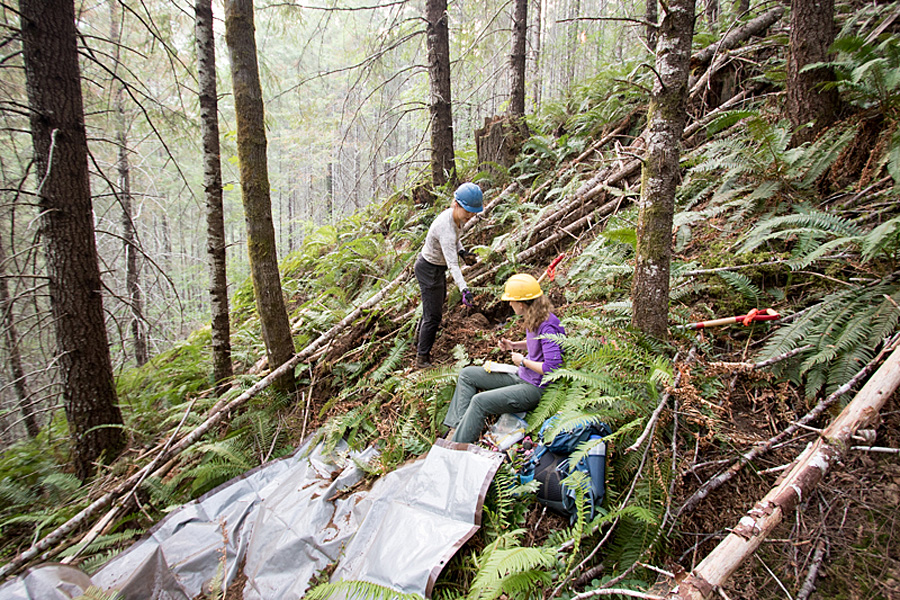
Mystery theater: Karla Jarecke (left) and Lauren Roof collect soil samples. They’re unraveling links between atmospheric aridity and rainfall. Photo: Lina DiGregorio/OSU
Of course, having enough water available in the soil means trees can draw on that groundwater and continue to breath and photosynthesize at a healthy rate without having to worry about losing too much water to the atmosphere.
Or so it is widely believed.
This is where Jarecke and colleagues’ findings are surprising.
“If VPD reaches really high levels, that water supply can’t be replenished fast enough [for Douglas-firs],” says Jarecke.
In other words, for Douglas-firs high atmospheric aridity, or high VPD, is not only far worse than a lack of rainfall, it also suggests having access to rainfall doesn’t cancel the negative effects of extremely dry air.
Deconstructing drought
Jarecke says while previous studies have shown a clear link between atmospheric aridity and tree stress and growth, hers is the first to “disentangle” atmospheric aridity and rainfall, a difficult task because the two elements tend to occur at the same time in the Pacific Northwest, during the region’s typically warm and dry late spring and summer months.
To disentangle the two elements of drought, Jarecke and colleagues used a computer model to simulate how different possible combinations of high and low atmospheric aridity and rainfall would be likely to impact the growth of Douglas-fir over those warm and dry months.
While the model’s results were hypothetical, the researchers took pains to make sure their results were based on real world conditions.
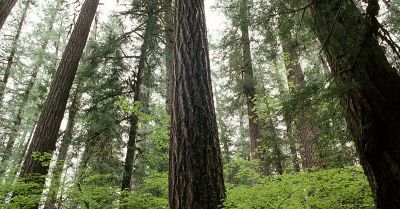
Survivalists: Old growth Douglas-fir in Mt. Hood National Forest. Photo: USFS
To do this, they simulated the conditions at an actual stand of Douglas-firs on the western side of the Cascades at the HJ Andrews Experimental Forest near Blue River, Oregon.
At the experimental forest the researchers collected data, including soil type. This was done to set the parameters of the model, effectively binding the model’s results to real world conditions.
According to Jarecke, this soil type was relatively good at holding moisture. And this likely compensated in part for the lack of rainfall simulated in the model, potentially influencing the results.
“With the rainfall effect, we didn’t see that decline in productivity because [the trees] could access that soil moisture,” says Jarecke. “So, despite taking away all the rainfall in spring and summer, they still had access to soil moisture.”
Trees in different forests with different soil types might not be so lucky.
“In other places in sandier soils or shallower soils we could see a larger effect [of lack of rainfall],” says Jarecke. “I think this is where the uncertainty is in the science. There just haven’t been enough studies looking at water availability deep in the profile and how that interacts with plant function.”
Atmospheric aridity is linked to warming and is likely to increase as the climate continues to warm, according to previous research.
Douglas-fir is the Pacific Northwest’s most important timber species, due to its ecological and commercial significance. It is Oregon’s official state tree. An estimated eight of 10 conifers west of the Cascades are Douglas-firs.



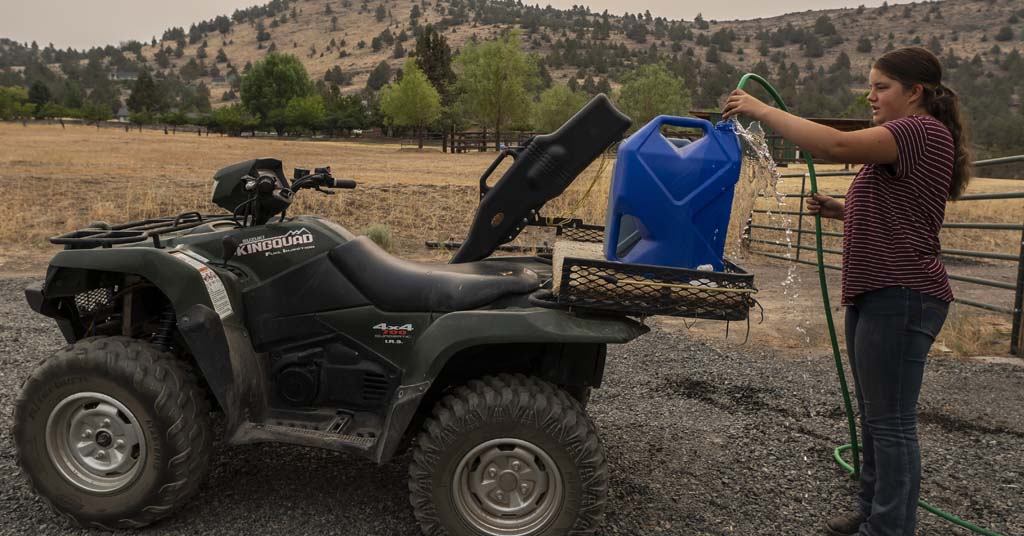
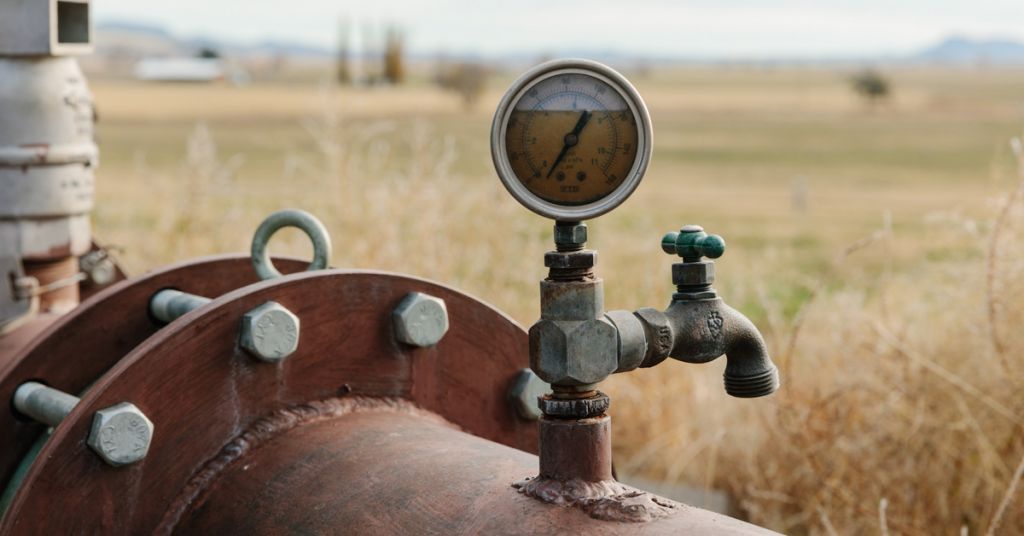
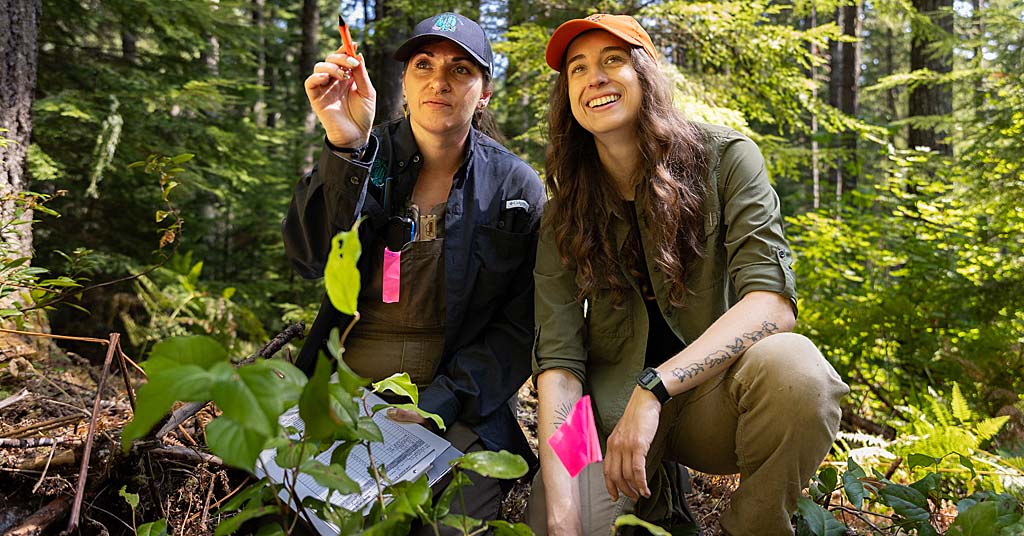
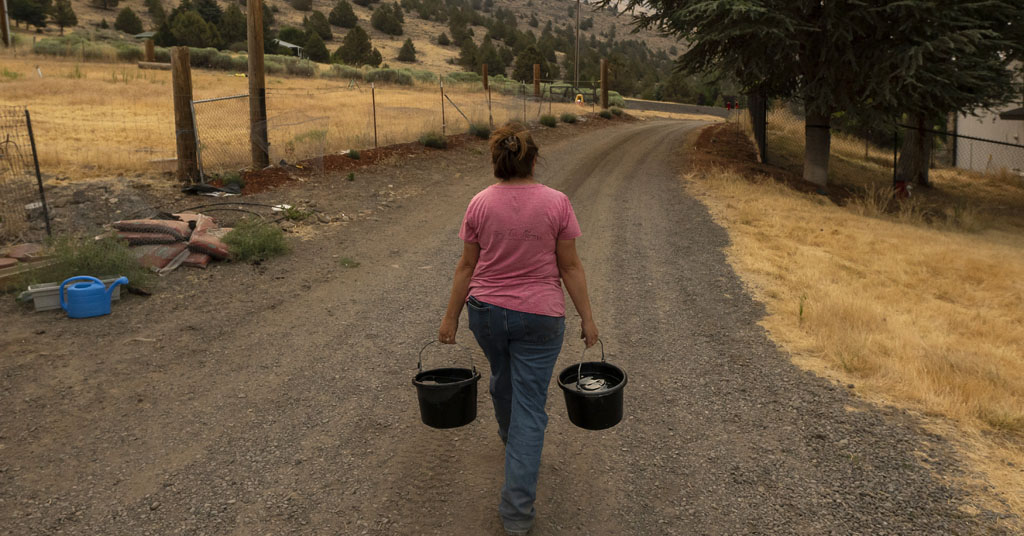



Clearing/thinning forests makes them drier and hotter. How does that improve “forest health” and wildfire prevention?
Interesting, non-intuitive, results. Good article.
This is interesting. I wonder if arid areas would have these same findings? With the innovation of water harvesters that take humidity out of the air in arid environments to provide drinking water, I am concerned the native environments will be negatively impacted.